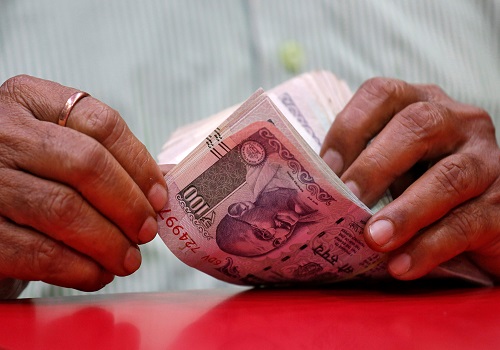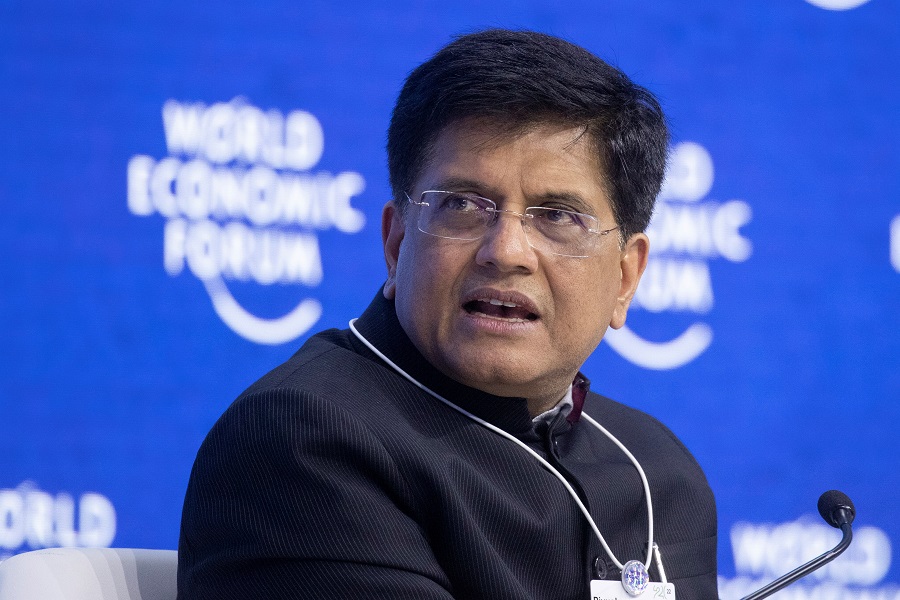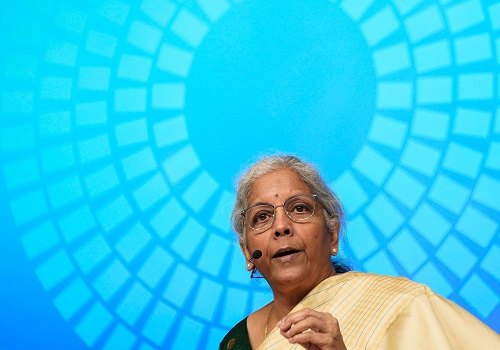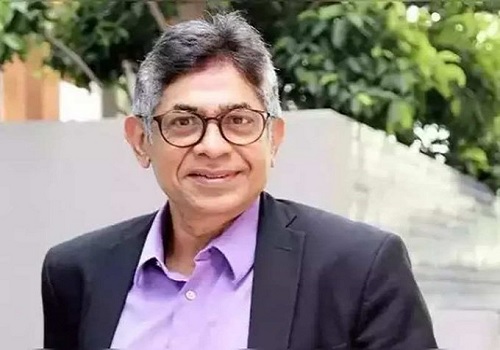Three ways Budget 2020-21 can spur investment
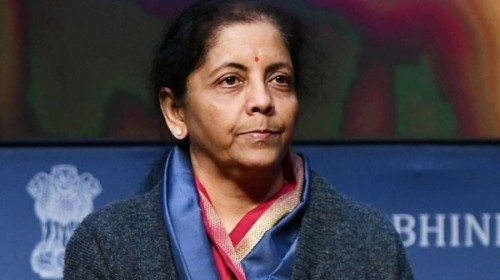
Follow us Now on Telegram ! Get daily 10 - 12 important updates on Business, Finance and Investment. Join our Telegram Channel
Follow us Now on Telegram ! Get daily 10 - 12 important updates on Business, Finance and Investment. Join our Telegram Channel https://t.me/InvestmentGuruIndia
Download Telegram App before Joining the Channel
SHREYA NANDI : Finance minister Nirmala Sitharaman will present her second budget on 1 February, Saturday, at a time when the Indian economy is undergoing a deep downturn. Key demand drivers in the economy--consumption, exports and investments--have been sluggish. Mint takes a look at what is guiding the finance minister while she takes steps to spur private investment.
1) Boosting business sentiment
Private investment has been tepid. Not many companies are in a position to invest in big ticket projects. Besides, banks hntave also become cautious before approving loans for big projects. Prime Minister Narendra Modi has been reaching out to the industry, seeking its help to revive the economy. He has urged industrialists to “invest boldly", promising protection against wrong actions in genuine commercial failures. Last year, Sitharaman had decriminalized failure to adhere to corporate social responsibility (CSR) laws, introduced faceless e-assessment to avoid harassment by income tax officers, among others. The Budget could be a reflection similar steps.
2) Tax Reforms
The massive corporate tax cut for domestic companies announced by the government in September, 2019, has been touted as being one of the biggest reforms. The tax cut would see the Centre taking a Rs1.45 lakh crore revenue hit. However, the full impact of tax cut is yet to emerge. Experts and industrialists have sought further reforms such as a roadmap towards convergence of tax rate across different sectors, abolishing dividend distribution tax, among others.
3) Infrastructure investment
Last month, Sitharaman had announced a Rs102 trillion investment plan over five years for developing social and economic infrastructure that will be implemented under the National Infrastructure Pipeline (NIP). The estimated annual infrastructure investment is ₹13.6 trillion in the current fiscal and ₹19.5 trillion in the next. While the Centre and the state government’s share of investment will be equal at 39%, private sector contribution will be 22%. Latest data on Gross Domestic Product (GDP) shows that government expenditure has been the key driver towards growth. However, driving the private sector participation and announcing innovative finance models will be the key.
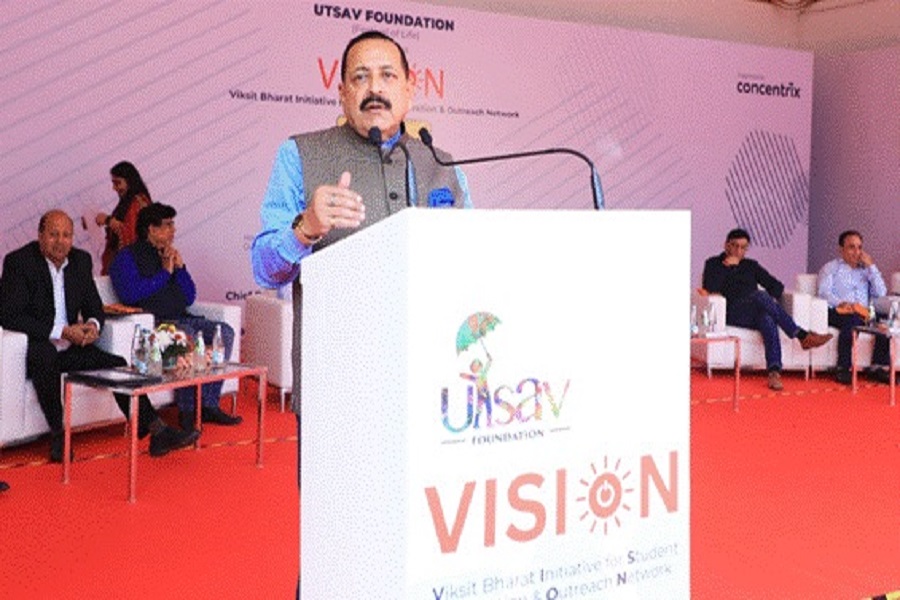







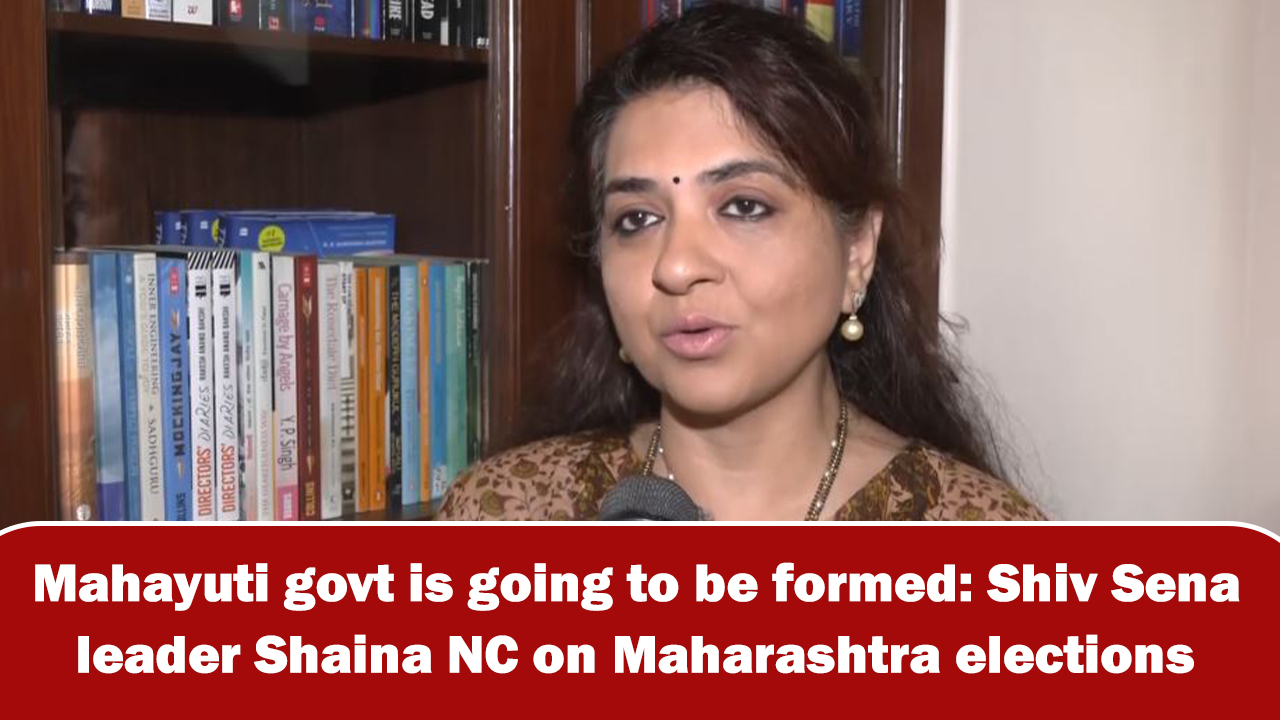
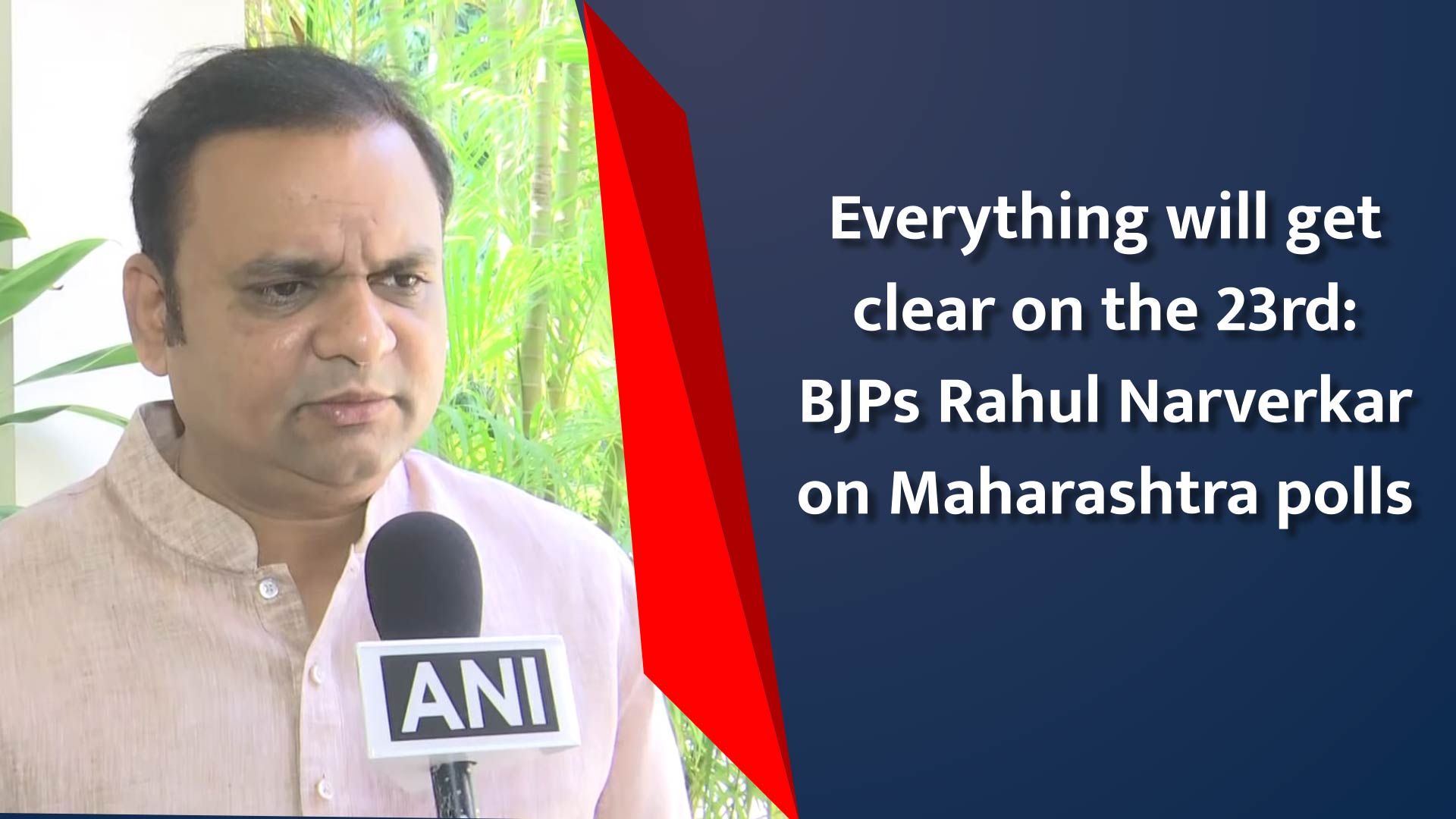
Tag News
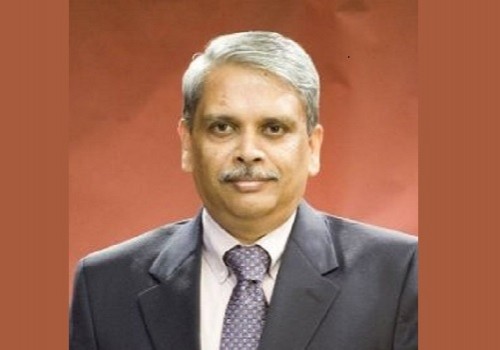
Global Fintech Fest 2023 Concludes With a Footfall of 65K From Over 100 Countries, Investme...




